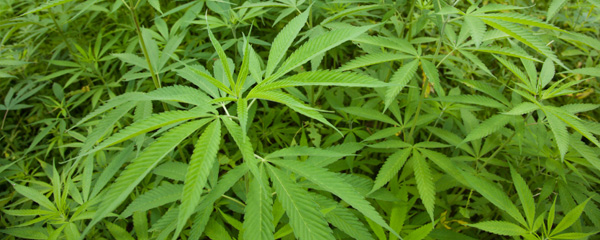Industrial Hemp

Industrial hemp has thousands of critical applications and has been cultivated all over the world for millennia. In more recent history, several of the founding fathers, including Thomas Jefferson and George Washington, grew hemp on their farms. One of the first paper mills in America was started by Benjamin Franklin with cannabis. Archeologists have suggested that some of the most ancient fabrics discovered, dating back to 8,000-7,000 B.C., were made of hemp. The hemp plant, know scientifically as Cannabis Sativa L., has long been an industrial commodity in the manufacturing of goods such as lighting oil, paper, fiber, rope, fabric, medicine, biomass energy, and food.
1942 film “Hemp for Victory” by the U.S. Department of Agriculture instructs farmers to grow industrial hemp to help with produce ropes and supplies for the Army and Navy during World War II.
In an article of Popular Mechanics from February of 1938, a headline cast hemp as “The New Billion-Dollar Crop.” Studies showed that any quality of paper could be produced with hemp and that 10,000 acres of hemp could produce as much paper as 40,000 acres of pulp land. The female hemp plant produces a flower which contains almost non-existent levels (0.3%) of THC, the psychoactive substance associated with the “high” feeling of using marijuana.
In 1937, Congress passed the Marihuana Tax Act, which placed heavy taxes on the hemp crop, exaggerated the connection between the marijuana plant and industrial hemp, and overwhelmingly discouraged farmers from planting hemp in their fields. In 1942 the import of hemp was interrupted by the war with Japan. In response, the U.S. government provided hemp seeds to American farmers across the country, even producing the USDA film “Hemp for Victory.” Over 40,000 tons of hemp fiber was produced annually to contribute to the war effort until the U.S. victory in 1946. Unfortunately, the reinstatement of hemp prohibition soon followed.
As a food source, hemp provides nutritional value unmatched in the plant world. Hemp is a complete protein and contains many essential oils, both combined in ideal ratios for human consumption. Hempseed can be processed into cooking oils, ground into flour, and be extracted for use in products similar to the soy bean, i.e. tofu, milk, etc.
Hemp is also a renewable resource capable of replacing all fossil fuel energy types. No alternative or conventional energy sources match the potential of hemp biofuel. Hempseed has been processed into everything from standard fuel to jet engine fuel. The cellulose in hemp far exceeds plants such as corn and sugar cane. Since the growing cycle of hemp is relatively short, it can be harvested twice a year and grown year-round in much of the United States. Hemp is capable of producing 10 tons of biomass per acre in a four month time period. The U.S. could truly become energy-independent by embracing the energy of the hemp plant.
Republicans must demand smart energy policy and promote sound economics. Millions of dollars worth of hemp are imported into the United States each year while American farmers lose out. As many as twenty-three states have discussed hemp in their legislatures and several have advanced laws that would allow industrial hemp production. In November 2012, Colorado voters passed a law to remove restrictions on growing hemp. April of 2013 saw Kentucky pass a state law allowing for the cultivation of hemp, though with the stipulation that the federal government must first remove their ban. U.S. Senators Rand Paul (R-KY) and Mitch McConnell (R-KY) have made attempts at the federal level to legalize hemp cultivation, with efforts so far fizzling.
It is important for Republicans to support common sense hemp legalization and welcome the thousands of rural jobs possible with expansion of the industry.

